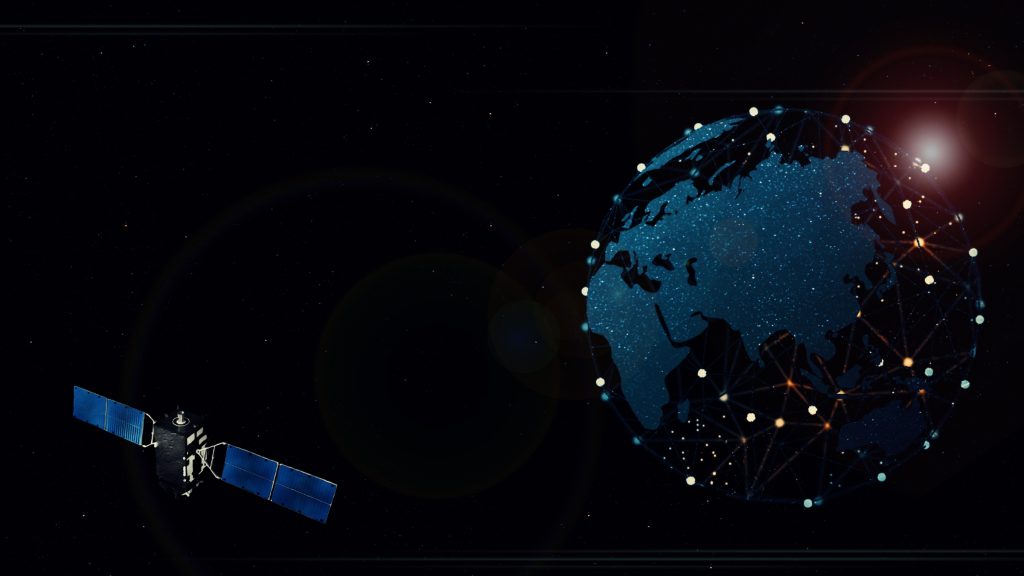
The EU-backed Infrastructure for Resilience, Interconnectivity, and Security for Satellite (IRIS²), slated for 2027 deployment, will provide encrypted, low-latency broadband, establishing control of the space tech Europe and orbital infrastructure.
Unlike Musk’s Starlink, IRIS² prioritizes military grade-security and protects against foreign surveillance, potentially against US-China dominance fear in the space-based connectivity.
Global reliance satellite technology is growing, and the position of space tech Europe will be a leader in communications and defense. SpaceX Starlink’s exploitation for key services in the EU, ignited fears over sovereignty, security, and reliance on non-EU startups.
To alleviate these fears, Europe is launching its new EU satellite constellation, the IRIS² project, to deliver independent, secure, and high-speed satellite internet across the continent.
Europe’s Future in Space
Space tech Europe stands at a crossroads. As SpaceX EU Starlink gains ground in the EU satellite communication market, concerns grow over reliance on a private US company.
The US threat to cut Starlink access in Ukraine has highlighted this risk of using foreign providers, prompting the EU to pursue a sovereign alternative. The EU satellite constellation IRIS², which should be operational by 2027, is scheduled to be Europe’s response to Starlink. It is designed to deliver secure, low-latency satellite internet for civilian and military use to close the continent’s digital gaps.
The EU satellite internet for 2025 project will offer a secure communications network to EU member states, enhancing security and resilience against cyber threats. By 2025, the first phase of this project will put around 170 multi-orbital satellites into orbit, from Europe to Africa.
As Europe looks to its space future, the new EU satellite constellation will also support surveillance, disaster response, and backup internet during crisis. The EU’s strategic goal is to reduce dependence on US technology, like Starlink, and protect Europe’s digital infrastructure from external geopolitical pressures .
EU’s Response to SpaceX Dominance
The EU satellite constellation Starlink competitor is driven by apprehensions over communication control and security. EU policymakers, including Internal Market Commissioner Thierry Breton, emphasized that an EU-controlled system would guarantee greater autonomy, particularly in times of conflict.
The constellation system will have a role in monitoring high-altitude objects and improving space awareness, where needs are highlighted by geopolitical tensions like Russia’s invasion of Ukraine.
“With this capacity, we want to be able to monitor what’s happening around our constellation,” Breton said.
While Starlink operates over 4,000 satellites, the new EU satellite constellation will compete by offering customs, secure services for government and commercial use. The system will feature next-generation quantum encryption for secure communications, ensuring the reliability of data crossing the network.
In short, European space tech is building a strategic plan to challenge Starlink’s SpaceX EU dominance. With secure, high-speed EU satellite internet on the horizon, the IRIS²project will be a step toward the EU’s digital sovereignty through a reliable alternative to foreign networks.
The IRIS²project’s completion could position space tech Europe communication technology as a global leader in satellite communications.
Inside Telecom provides you with an extensive list of content covering all aspects of the tech industry. Keep an eye on our Tech sections to stay informed and up-to-date with our daily articles.